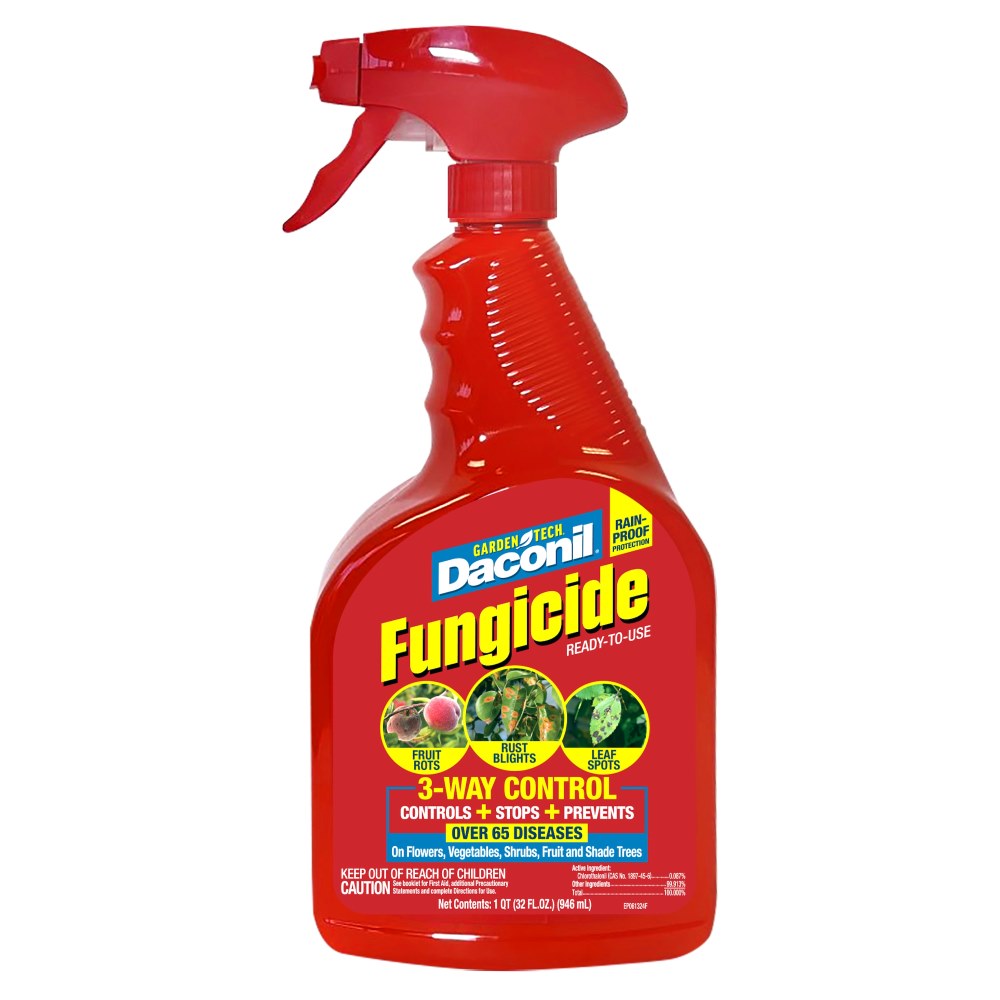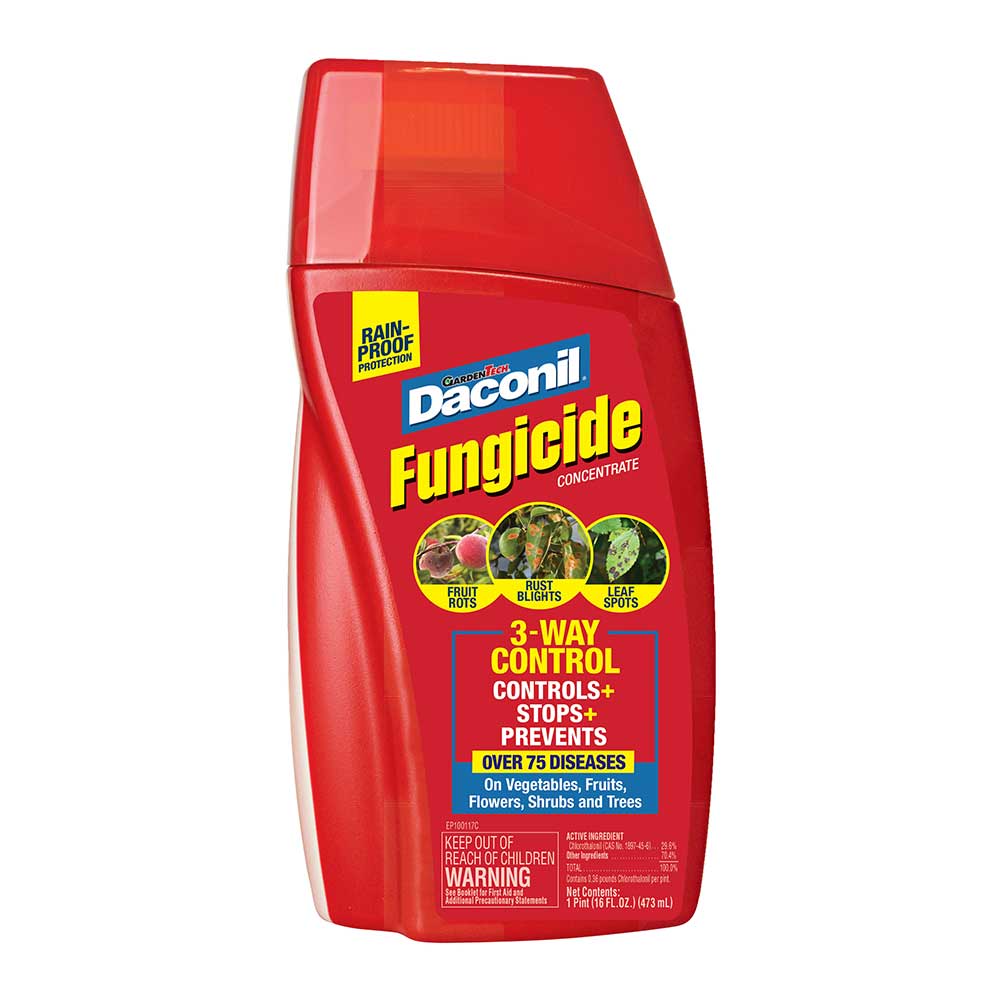scab
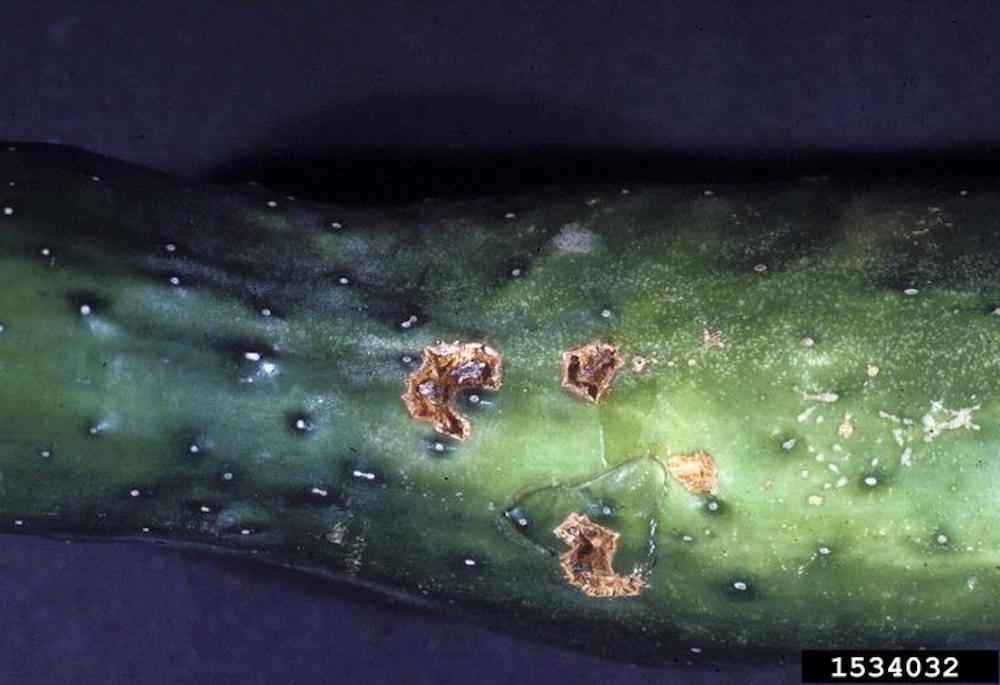

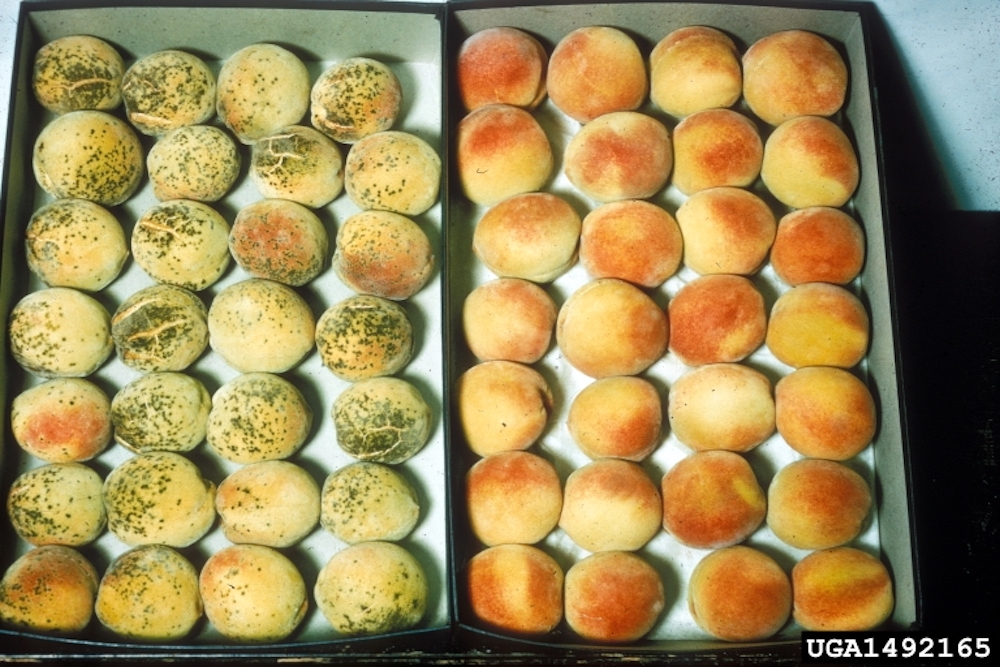
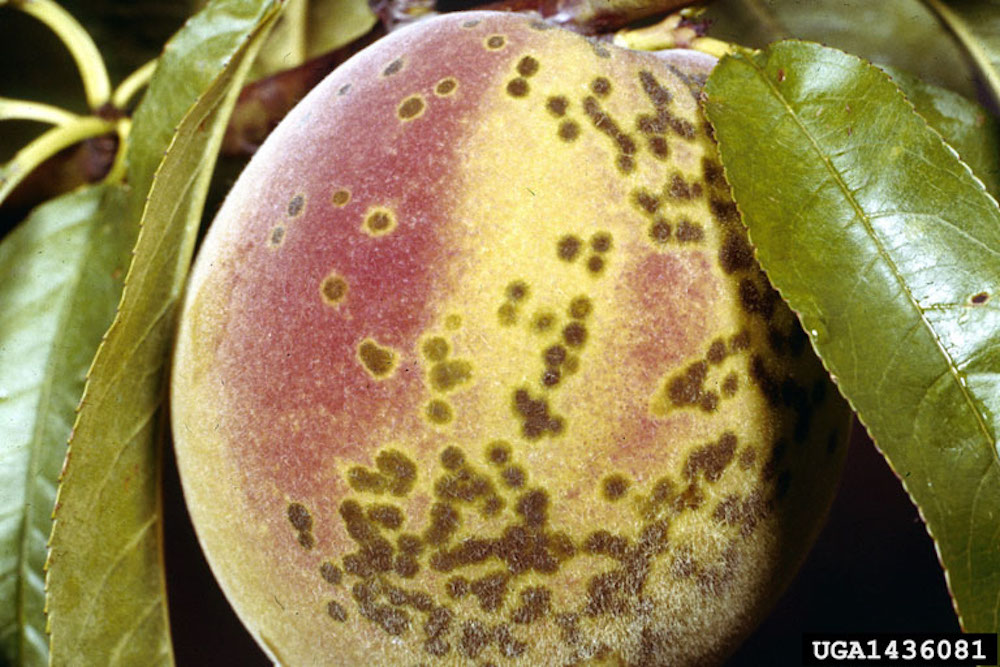
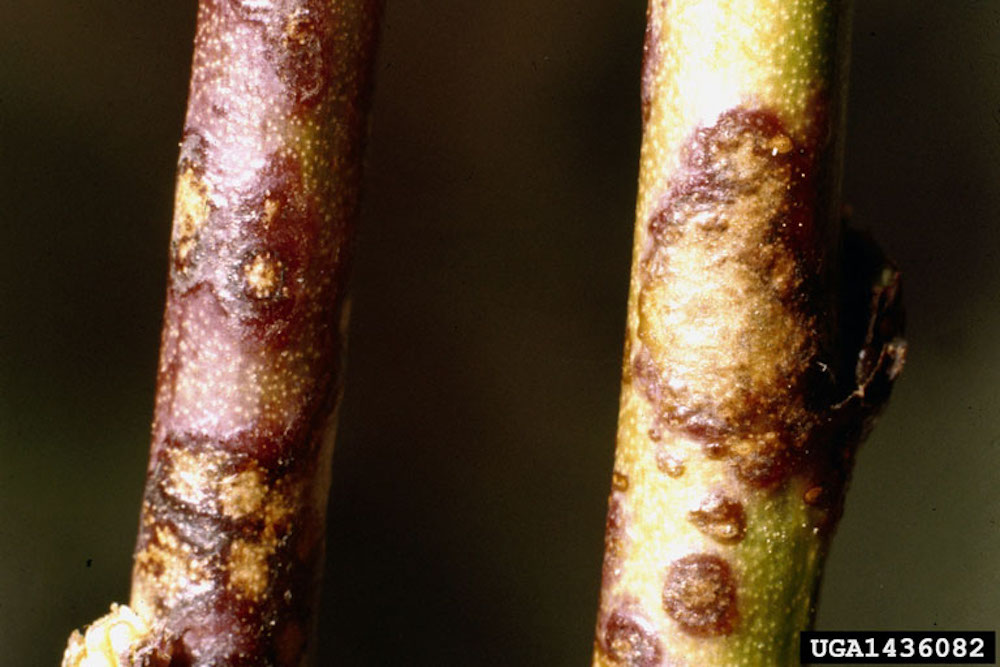
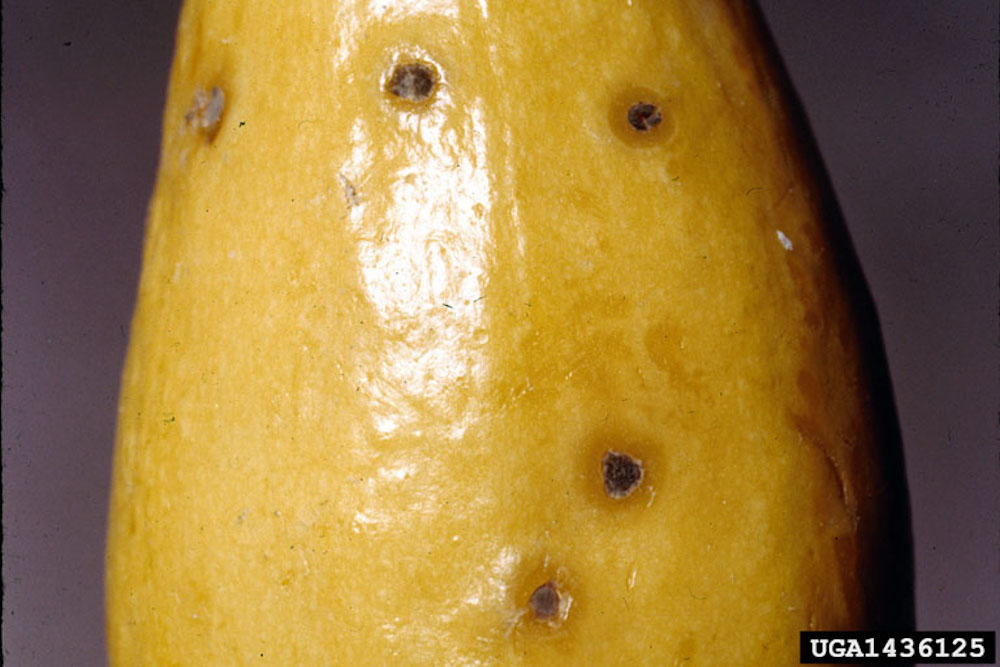
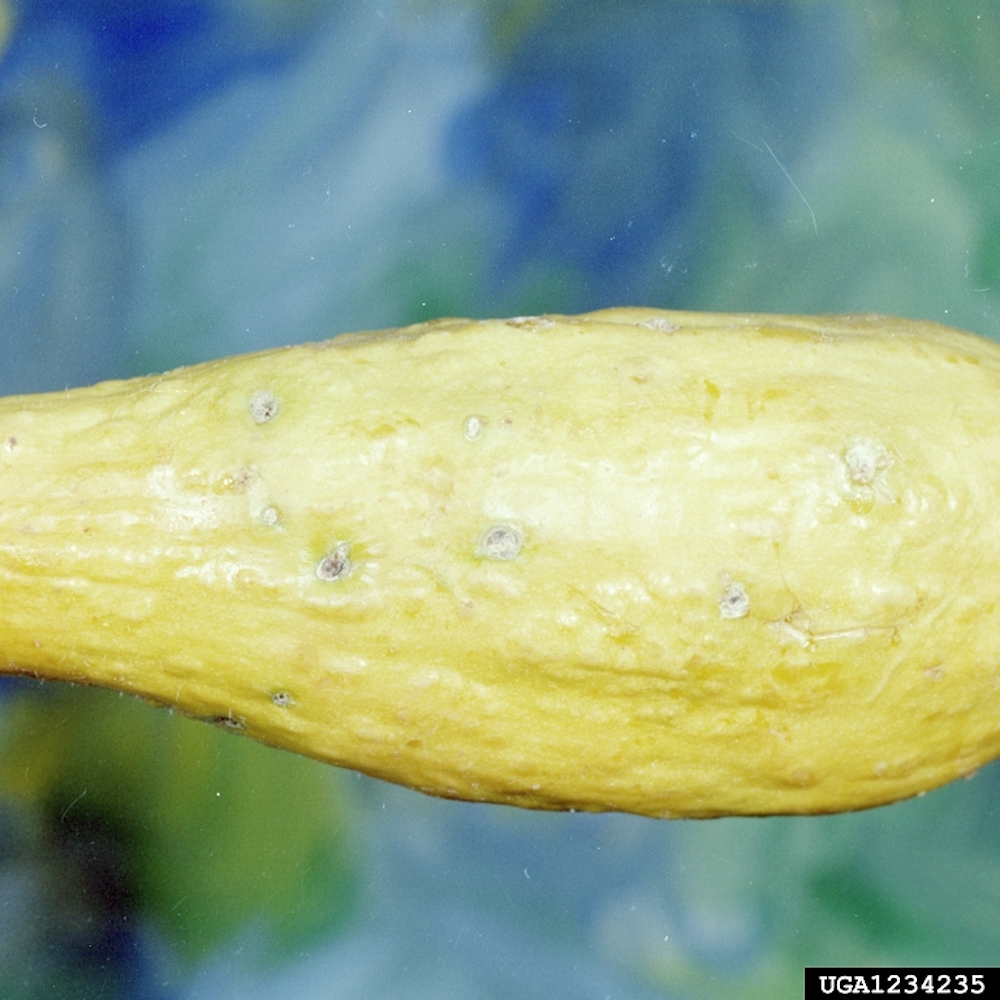
When gardeners see plants affected by one of the fungal diseases known as scab, the inspiration behind this common name is clear. These fungal pathogens leave vegetables, fruits, and ornamental plants with disfiguring, scab-like wounds. All exposed plant parts are at risk, but plant fruits sustain the greatest damage.
Scab pathogens survive in soil and spread by wind and infected seed. They flourish when moderately warm temperatures combine with moisture from rain, irrigation, fog, or dew. Members of the cucurbit family such as cucumbers, melons, pumpkins, and squash are frequent targets. Scab causes serious damage to stone fruits such as peaches, apricots, and nectarines as well.
Scab Identification/Symptoms: Scab symptoms vary depending on the plant and specific fungi involved. In cucumbers and summer squash, infected leaves show pale green-gray, water-soaked spots. Their fruits form small, oozing, sunken spots often mistaken for insect damage. Pumpkins and winter squash show raised, corky, scab-like areas. Peach fruits develop numerous green-gray lesions that enlarge to form dark, scabby blotches. Twigs show gray, sunken wounds.
How to Control Scab: If scab has affected your garden in previous years, proactive treatment is critical. Preventive fungicide applications early in the growth cycle are essential to prevent its spread. In cucurbits such as cucumbers and squash, treatments start with the first true leaves. Fruits such as peaches require treatment only during the earliest stages of blossom and fruit production before the disease is ever seen.
Daconil® fungicides from GardenTech® brand offer highly effective protection against scab and more than 65 other fungal diseases. Follow label recommendations for your specific plant type, and get the jump on destructive scab with these products.
- Daconil® Fungicide Ready-To-Use simplifies treating individual plants and small garden areas. Simply shake the sprayer bottle, and spray until all plant surfaces are thoroughly wet.
- Daconil® Fungicide Concentrate, used with a hand-held, hose-end or tank-style sprayer, offers an economical option for larger gardens and plants. Measure the recommended concentrate amount into your sprayer with the convenient measuring cap. Then add water and mix well. Spray all plant surfaces, including leaf undersides, to the point of runoff.
Scab Tips: When possible, start your plantings with scab-resistant varieties of seeds or plants. Because these diseases overwinter in soil, always allow at least two years before planting the same plant type in affected areas.
Always read product labels thoroughly and follow instructions, including guidelines for treatable plants, application rates and frequencies, and pre-harvest intervals (PHI) for edible crops.
GardenTech is a registered trademark of Gulfstream Home and Garden, Inc.
Daconil is a registered trademark of GB Biosciences Corp.
Photo Credit:
University of Georgia Plant Pathology, University of Georgia, Bugwood.org (CC BY 3.0 US)
Clemson University - USDA Cooperative Extension Slide Series, Bugwood.org (CC BY 3.0 US)
Clemson University - USDA Cooperative Extension Slide Series, Bugwood.org (CC BY 3.0 US)
Clemson University - USDA Cooperative Extension Slide Series, Bugwood.org (CC BY 3.0 US)
Clemson University - USDA Cooperative Extension Slide Series, Bugwood.org (CC BY 3.0 US)
University of Georgia Plant Pathology, University of Georgia, Bugwood.org (CC BY 3.0 US)


